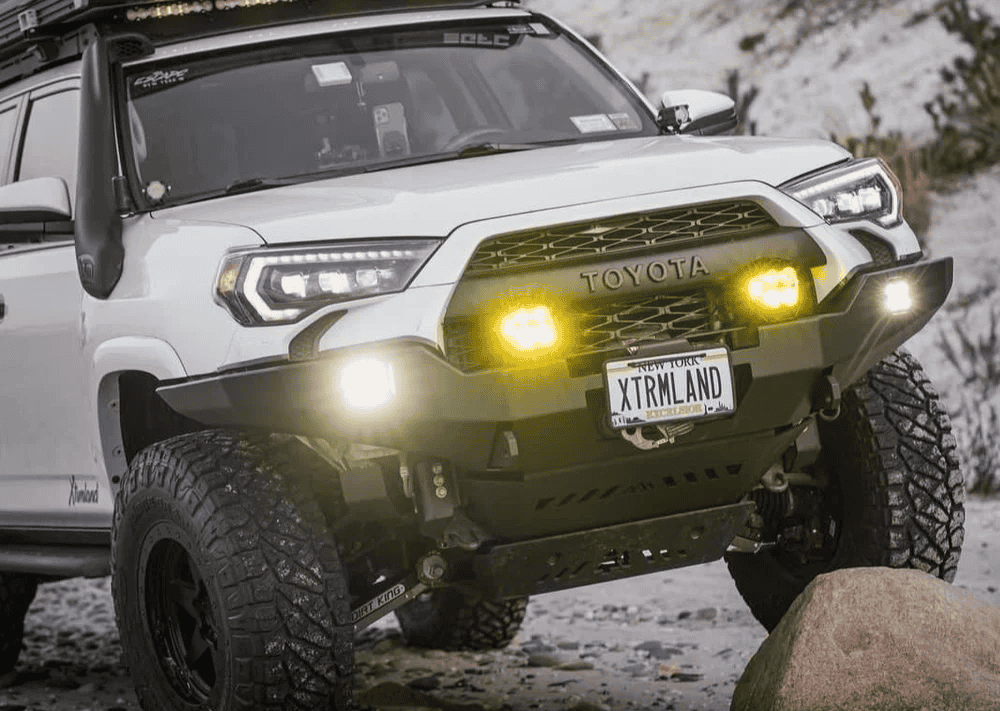Overland Vehicles

Ergonomics begins with your body, not the furniture. Aim for a neutral spine where ears align over shoulders and shoulders rest over hips. Keep feet flat, or use a footrest so knees sit near a right angle and thighs feel supported. Your pelvis should be level, with a slight natural curve in the lower back maintained by the chair’s lumbar support. If you feel pressure points or you are leaning forward to see the screen, the setup is not matched to you yet.
Set seat height so your forearms can float just above the desk surface without shrugging your shoulders. If the chair has seat depth adjustment, leave two or three finger widths between the seat edge and the back of your knees to avoid circulation issues. Use lumbar support to meet the small of your back rather than forcing a rigid arch. Armrests should support relaxed arms without pushing shoulders upward or outward. If armrests prevent close approach to the desk, lower or move them out of the way.
The best desk height allows elbows to rest roughly at a right angle with wrists straight while typing. Keep the keyboard and mouse close, so your upper arms hang comfortably at your sides. Frequently used items should live within the primary reach zone, the semicircle your forearm can sweep without leaning forward. Heavy items belong at mid torso height to avoid bending or twisting. If you alternate between sitting and standing, raise the desk just enough to keep shoulders down and wrists neutral in both positions.
Visual setup drives posture. Place the top of the main screen at or slightly below eye level to reduce neck extension. Sit an arm’s length away, then adjust text scaling until you can read without leaning. If you use multiple displays, keep the primary screen centered in front of you and angle the secondary to avoid repeated neck rotation. Clear cable routing and stable mounts prevent wobble that can strain eyes over time.
For glasses wearers, especially progressives, slightly lower the screen so your natural gaze meets the center of the display without tipping the head. When using a laptop, elevate it on a stand and add a separate keyboard and mouse to maintain neck alignment. Maintain even brightness between screen and surroundings to reduce eye fatigue. Follow the twenty twenty twenty rule: every twenty minutes, look at something twenty feet away for twenty seconds.
A great ergonomic workstation setup treats movement as a feature, not a break. Alternate postures through the day, sit for focused tasks, stand for calls or reading, and add short stretch sessions. Gentle variability improves circulation and lowers fatigue. A timer or wearable reminder helps you shift before stiffness builds.
Lighting should be bright enough for paperwork without causing glare on the screen. Position lights to the side rather than directly behind you or the monitor, and choose warmer color temperatures in late hours to support natural rhythms. Keep airflow comfortable and noise levels low to reduce cognitive load. Tidy cable management and simple storage paths make it easier to return to a neutral posture after each task change.
If your office travels, the same rules apply inside a mobile workspace. Secure seating that supports proper angles, a stable surface at the right height, and displays mounted at eye line are non negotiable. OZK Customs designs mobile offices and adventure platforms where ergonomics meet real world use. Explore our Overland rigs to see how work and travel can share the same footprint. When you need specialized storage, power, and seating layouts built around your workflow, our Custom overland upfit approach turns these principles into a comfortable, durable space.
For teams that operate from the road or rotate between job sites, consistency is key. Match chair geometry, desk height, and monitor placement across stations so people maintain good habits anywhere they work. Good ergonomics do not require luxury furniture; they require fit, adjustability, and discipline. The payoff is fewer aches, steadier focus, and more energy left at the end of the day.
Bring your ergonomic standards into a vehicle that is built for both travel and daily work. OZK Customs creates purpose built interiors with seating geometry dialed for long sessions, quiet power systems for clean electronics, and lighting designed to reduce glare. Learn more about how we approach comfort, safety, and craftsmanship in Why choose OZK Customs, then tell us what you need and where you plan to take it.
At OZK Customs in Fayetteville Arkansas, we build platforms that support people who work where the pavement ends. Whether you are planning a mobile office, a remote production space, or an adventure build that still needs a desk, we can shape it around your body and your tasks. Visit our Overland rigs and Custom overland upfit pages to see how an ergonomic workstation can live inside a capable vehicle. When you are ready, reach out and we will map your workflow, measure your fit, and build the space that gets real work done.
Ready to turn ergonomic principles into a real workspace that fits your life on and off the road? OZK Customs designs and builds mobile offices and adventure rigs with proper seating geometry, smart storage, clean power, and lighting that supports long work sessions. Tell us how you work, and we will engineer the space around you. Start your build today.
ADDRESS:
6159 E Huntsville Rd, Fayetteville, AR 72701
PHONE:
(479) 326-9200
EMAIL:
info@ozkvans.com